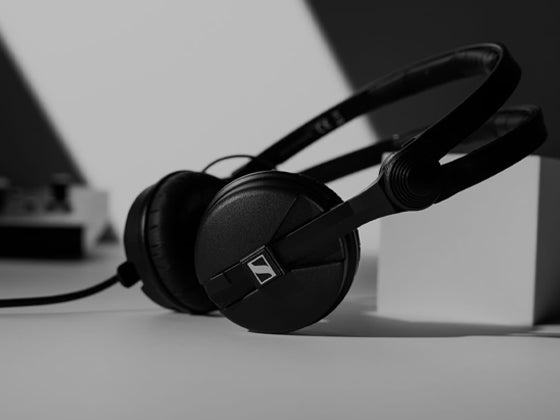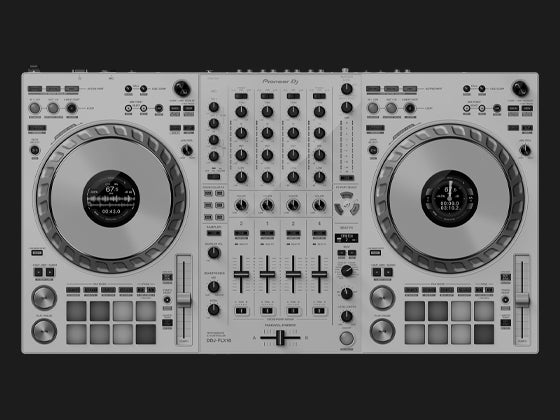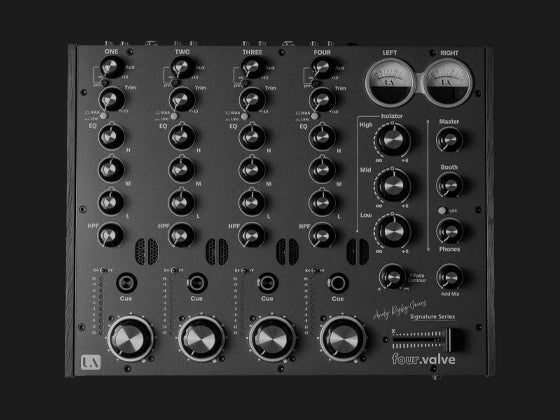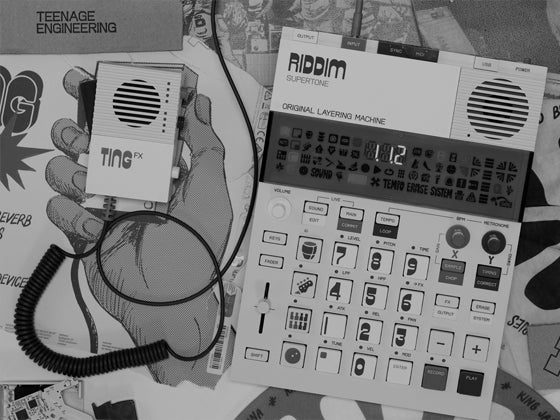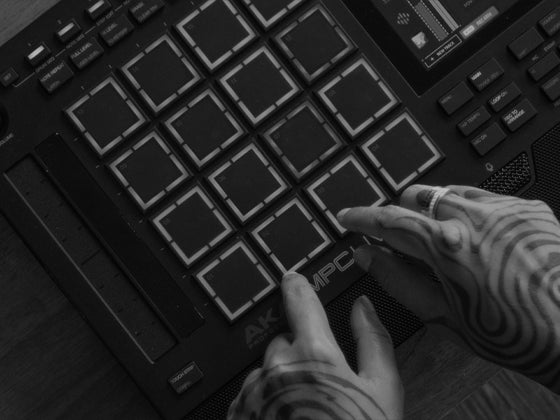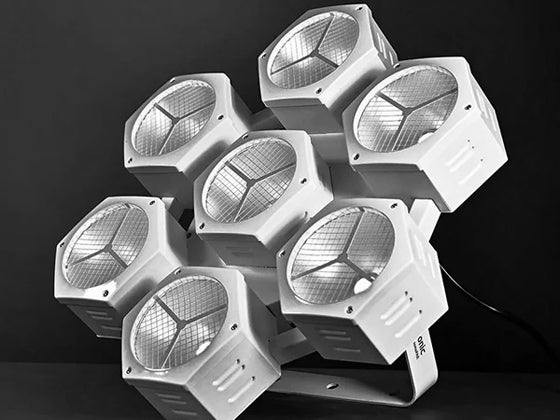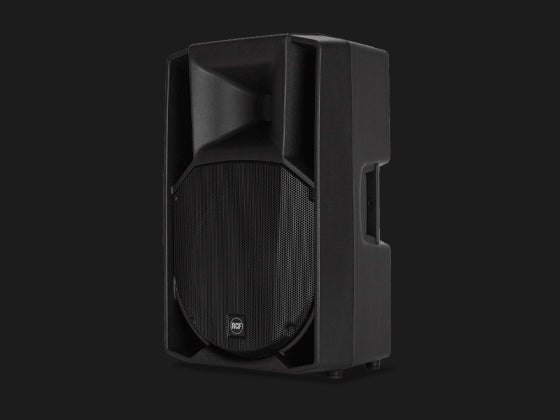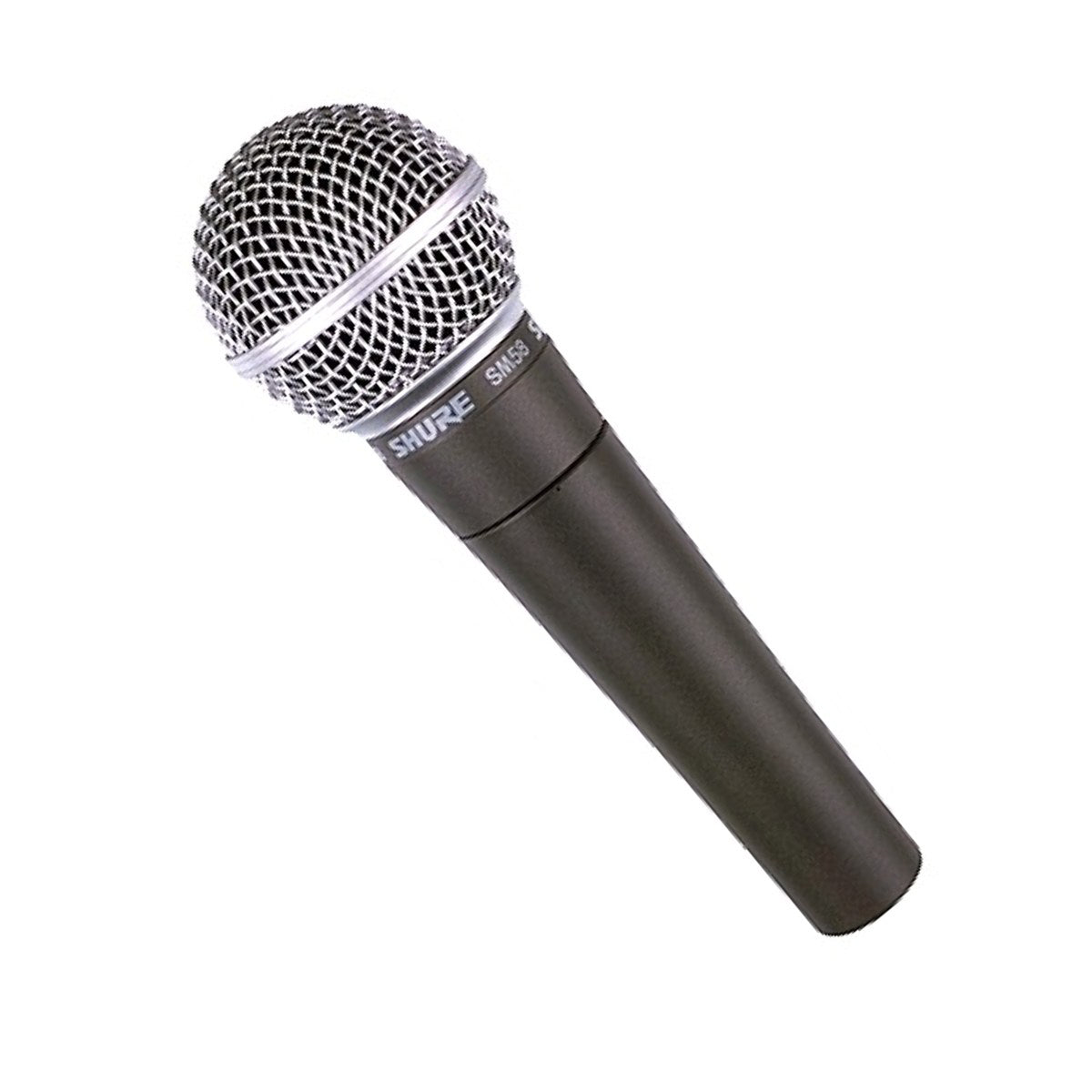
Shure
Shure SM58S Dynamic Vocal Microphone with on/off switch
The Shure SM58
SM58 - the microphone everyone has heard of.
Shure microphones have become the stuff of legends, thanks to superior build and sonic quality. Throughout the entire microphone range, you know you’ll get superior vocal and acoustic reproduction for both live and recording environments. The SM58 sits astride these two categories thanks to the Shure recipe: great sound, great price. Remember, this was back in the early 60’s! Shure engineer Ernie Seeler knew there was a better way to capture vocals in an age where microphones would be too fragile to handle, or create camera glare from reflections of the bright studio lights at the time. This is why it gained the ‘SM’ moniker, standing for stage microphone. The SM57 came along at a similar time, too. With the same guts as its sibling SM58, the SM57 had a different grille design better suited to instruments - more on this later! The granddad to the 58, the 565 was in full effect by the late sixties and pretty much every singer at Woodstock could proudly strut the stage, microphone in hand without fear of breaking the thing and ruining their time in the spotlight. With this new found freedom on the 565, another issue arose, as now performers roamed the stage getting ever close to PA and speaker stacks making feedback a real gremlin. This is where the SM58 came in; the consistent polar pattern and shock mount were technical marvels of the time, along with the frequency response made the SM58 an extension of the performer, as opposed to tainting the sound from gig to gig, mic to mic.
Why the SM58 is the oldest microphone with the latest innovation
Back in 1966, Ernie Seeler and the team strived to make the 565, SM57 and SM58 the best it could possibly be - the combination of engineering knowledge combined with latest technology and innovation created the microphone everyone wanted. However, Shure didn’t stop there. With the development of more modern materials and constant innovation within manufacturing processes, Shure have kept the SM58 at the top of its game - making the design better and better as the years go on, whilst constantly throwing military grade tests to any materials and parts which could potentially improve the Shure SM58 further. The Shure SM58 has been updated no less than 19 times to keep them on the forefront of vocal reproduction and durability. Even to this day, fully assembled microphones are subjected to these same tests, constantly so you’ll rest assured if a SM58 falls to the floor on stage, you can pick it right up and carry on the show. No doubt they are working on the twentieth update to keep you rocking.
Why would you use the Shure SM58?
As mentioned previously, Shure originally created the SM58 microphone to use in handheld environments - so they made handling noise elimination a key objective. The shock mount system within the SM58 is pneumatic and to this day imitated by rival brands. Noise is further reduced thanks to the cardioid pickup pattern; its completely uniform making it easy for the engineer or tech to capture the main source without any unwanted background noise. If that wasn’t enough, the round capsule with in-built pop filter is effective even in the most harsh environments. With these qualities, the SM58 has ended up literally everywhere. You’ll find news presenters out on location with an SM58 tight in their grip, or at a rally being used to broadcast political messages. They are found in the most legendary studios and sat in the mic box of every sound engineers toolbox. With this universal level of appeal, it’s almost silly to look elsewhere for a handheld dynamic vocal microphone.
Who uses the SM58
Some of the most legendary artists and songs have had an SM58 involved in the vocal reproduction - heres a few for example. Killers cut Mr Brightside with a Shure SM58. Sheryl Crow chooses the SM58 when she’s live. Patti Smith spread words of wizdom an empowered nations with an SM58. Richard Ashcroft from The Verve recorded Love Is noise whilst George Benson recorded ‘This Masquerade’ on a 58. Roger Daltrey of The Who, is synonymous with swinging his SM58 round and round by it’s tethered cable at breakneck speed, with the microphone only failing once but this was later found to be a faulty cable rather than the mic - which continued to perform flawlessly for the rest of the tour! Led Zeppelin, AC/DC and Bruce Springsteen have all used the SM58 - this in turn has inspired the next generation; no doubt the Killers would have seen their idols embrace the SM58; Run DMC, Buddy Guy and Iggy pop all swear by the SM58. So as you can see, its not just the odd artist who used the SM58; its a whole industry. This is also thanks to the legendary sound it creates, with a boost in the mid-range, resulting in making vocals to cut through a mix regardless of who’s using the microphone.
Proximity Effect and how the SM58 has nailed it
For those wondering what proximity effect is - this is a phenomenon where bass frequencies increase as a directional microphone comes closer to the sound source. I could go on for some time as to *how* this occurs or you could learn it in better ways I could explain, on this handy blog post from Shure: http://www.shure.com/americas/support/find-an-answer/why-does-proximity-effect-occur Now - this tailored midrange and bass roll of makes it really, really easy to control proximity effect to your advantage when performing with the SM58. Shure have actually compiled a small index for microphone placement versus the tonal quality. For example, with lips less than 15cm away or touching the windscreen on the micpjonr axis produces a robust sound with emphasised bass - this also eliminates most other sources. If you move the SM58 back to the 15cm -60cm range from mouth, aimed just above nose height you’d get the most natural sound with a reduction in bass frequencies. If the SM58 is situated between 20cm and 60cm away from the mouth, slightly off to one side you’d get the same natural sound with a reduction in ’s’ sounds and reduced hissing. Beyond 90cm the microphone picks up a thinner more distant sound whilst ambient noise is more noticeable.
Shure SM58 VS SM57 VS Beta 58
This argument has been going on I think longer than I’ve been born, but the answer is ever so simple. Lets start with SM58 vs SM57. Many people are correct to assume the SM58 is assigned for vocals whilst SM57 is a designated instrument microphone. However not many know the reason behind this, and just how similar these two microphones are. Lets start with the cartridge design, which are actually, identical! The key is in the physical design - especially the grille. The SM58 is designed for use in vocal situations so it uses a ball type grill, giving a physical minimum distance to the capsule and thus working as a pop filter. On the other hand, the SM57 was designed for use with instruments and instrument amplifiers so it’s more important to get the microphone closer to the instrument and/or provide less of a barrier as pops and wind noise aren’t really a concern. This grill design on the SM57 actually forms part of the resonator, which in turn is part of the cartridge. This also has an effect on proximity effect, which is more evident in the SM57 compared to SM58. The 57 can also capture an ever so slightly higher output above 5kHz, also a result of the lack of pop filter like the SM58. However why would you consider a Beta 58? They would create exactly the same silhouette with only subtle colour differences to the body and blue strip around the Beta 58a. The main difference is the polar pattern. The SM58 is Cardioid, whilst the Beta 58a has a super-cardioid pattern. As you can see in this diagram, the Beta58a picks up more sound from all directions. The Beta58a is also 4db more sensitive - a trait that you may not want if you’re exposing the microphone to high sound levels such as for a frontman in a heavy rock band, or a generally noisier stage. Obviously the cost is also different, where the SM58 is under £100, the Beta equivalent is well over it!
SM58 Tech Specs
Microphone Type | Dynamic |
Frequency Response | 50-15,000Hz |
Polar Pattern | Unidirectional (cardioid), rotationally symmetrical about microphone axis, uniform with frequency |
Impedance | Rated at 150Ohms (300 actual) for connection to mic inputs with low rated impedance |
Polarity | Positive Pressure on diaphragm creates positive voltage on pin 2 with respect to pin 3 |
Connector | Standard 3-pin Male XLR Connector |
Casing | Dark Grey, die cast metal body with silver spherical steel mesh grille |
Weight | 298 grams |
Dimensions | 162.0 × 51.0 × 51.0 mm |
Some Shure SM58 Trivia
Heres some interesting yet relatively unknown facts about the SM58.
- Shure’s SM models were made to be dark grey to combat the glare on television cameras from shinier microphones.
- The SM58 almost got discontinued in 1970! Yep, the SM58 faced extinction when radio and television stations weren’t immediately won over with the new Shure microphones. Just before they were going to pull the plug, the microphones ended up in the hands of sound engineers across the entertainment spaces in Las Vegas, where entertainers embraced them for live performance. Since then, the SM57 and SM58 has gone strength to strength
- SM57+meshed ball grille = SM58! Both models are originally based on Ernie Seeler’s Unidyne III design in the late 1950s. The only difference is the ball grille was fitted to the SM58 as a P-pop filter, whereas the SM57 was dedicated to instruments where P-pop effect wasn’t something to worry about
- The SM58 could probably record the space shuttle takeoff without distorting - The SM58 can handle between 150dB and 180dB SPL level, which is about the same level as the space shuttle taking off! The well designed dynamic mic is going to be near impossible to reach distortion; your hearing will take the brunt far quicker than the mic will!
- The SM58 floats! Well, in space it does! The SM58 works perfectly in a weightless scenario, as proven by a video interview with the International Space Station back in 2011 https://www.nytimes.com/video/science/space/100000000779756/interview-with-space-station-astronauts.html - it sounded great, too!
- SM58 Designer: ‘Rock and Roll? Bah humbug!’ - Ernie Seeler, who basically invented the SM58 preferred classical music. He said ‘I love classical music, but rock and roll, I don’t take very seriously’ - little did he know the microphone would become a legendary work tool for the likes of The Who and The Rolling Stones! Ernie was actually shocked at the uptake of the dynamic handheld microphone.
- SM58 is the most popular mic - even in the wireless category! By popular demand, the SM58 capsule is available on all eleven types of wireless Shure currently manufacture. From PGA58 to KSM8 Dualdyne, there are fourteen to choose from. The SM58 is by far, the most popular.
- A Guinness bath wont stop an SM58 - As proven in a video where the SM58 was *dipped* head first into a pint of guinness, the mic still performed perfectly after a little shake off and dab-down.
- SM58 *technically* traces back to 1939 - ok, this could be one of those Top Gear ‘True source of the Nile’ type statements, but the internal acoustic layout and design of this legendary microphone can be tracked to the Unidyne Model 55, which was introduced in 1939. This was ‘bettered’ in the 1950s which offered a Unidyne III cartridge with an internal pneumatic shockmount. The SM58 has this same cartridge, today.
- The SM58 is a career-long microphone - Artists have stuck to the SM58 throughout the years, even with bigger and bigger touring/recording budgets, the artists still stick to ye old faithful. From Roger Daltrey, Paul McCartney, Henry Rollins, Patti Smith, Alice Cooper to name a few. Its the familiar sound and the substantial feel of the microphone thats kept it in on stage today.
Imitation is the greatest form of flattery
The SM58 (and not far behind it, the SM57) are probably the most copied microphones out on the market. This is probably due to the mass appeal for a versatile and forgiving microphone like the SM58. There are now technically 19 variants, each with subtle changes from one to another. Although these replicated microphones look the same at a glance and probably perform their primary duty to take acoustic sounds and turn them into electronic waves, it’s highly doubtful these are anywhere near as good as the super developed SM58. This Shure microphone may seem expensive to some at first, but considering most people keep them for literally decades (I own a couple older than I am!) and their acoustic properties barely change. I couldn’t think of a better reason to own them! Not to mention the benchmark sound, where it’s used as the yard stick for live performance microphones.
SM58: The Different Versions
There are actually a couple of variants of the SM58. Don’t worry! They both still have everything you need in a live performance microphone. Such as:
- Built in P-pop filter
- Weigh under 300 grams
- Are dynamic, cardioid microphones
- Have a frequency response of 50 - 15,000Hz
- Carry the same sound signature - tailored mid section etc!
There is one difference between the SM58, and SM58S - a switch! The SM58S has an on/off switch, whereas the SM58 has no switches. To some performers this is a godsend, for example if you’re a solo guitarist who can’t reach for a mixer knob or if you need to make a comment in between performances without an audience hearing. It’s also handy in an environment if the microphone becomes a little hot. Either way, both these microphone s are battle hardened and won’t let you down. Which one you choose is completely your preference.
- Transducer Type : Dynamic
- Polar Pattern: Cardioid
- Frequency Response: 50 Hz - 15 kHz
- Sensitivity (1 kHz): -54,5 dBV/Pa / 1,88 mV/Pa
- Weight: 298 g
- Frequency Response Curve:

- Frequency response tailored for vocals
- Uniform cardioid pickup pattern
- Pneumatic shock-mount system cuts down handling noise
- Effective, built-in spherical wind and pop filter
- Supplied with break-resistant stand adapter which rotates 180 degrees
- Cardioid (unidirectional) dynamic

